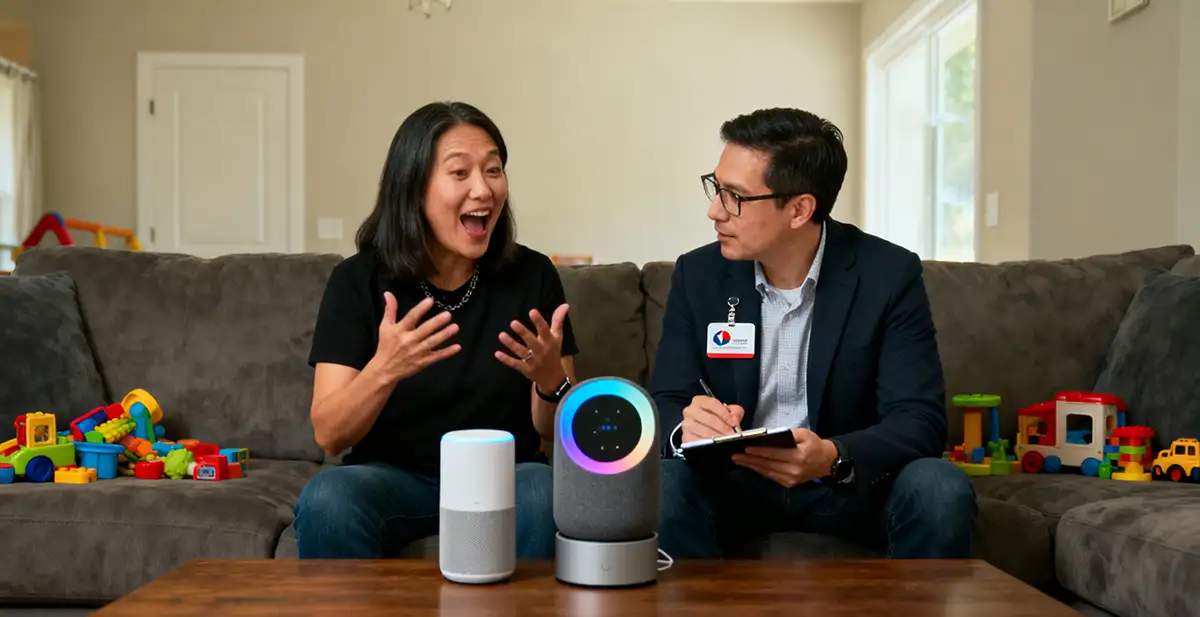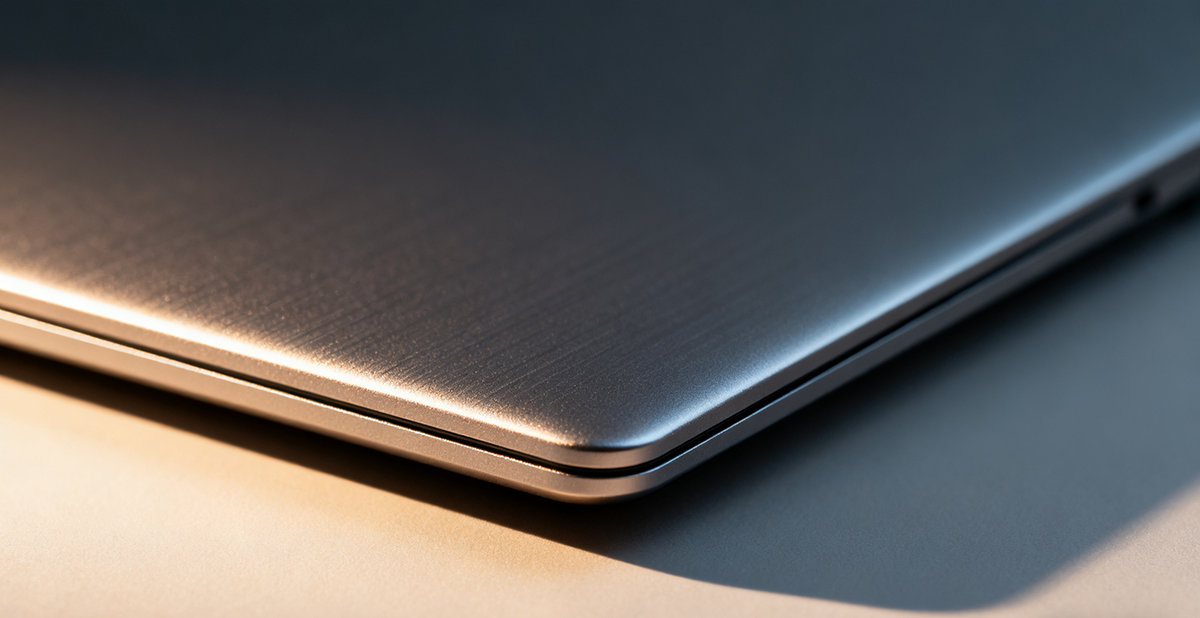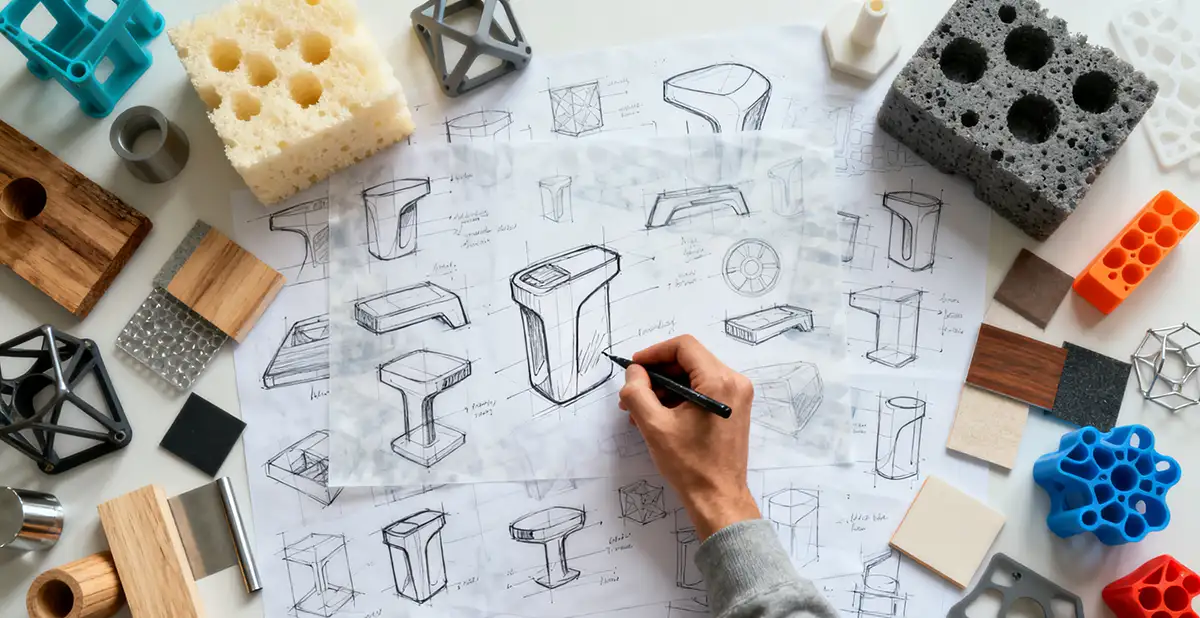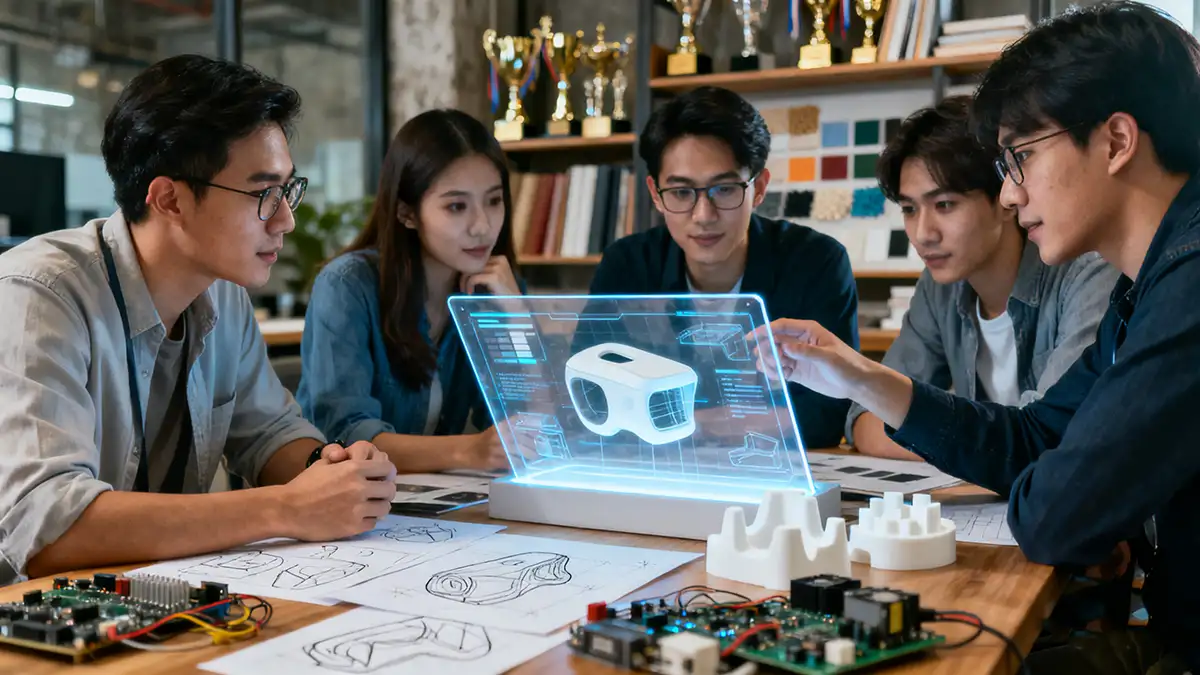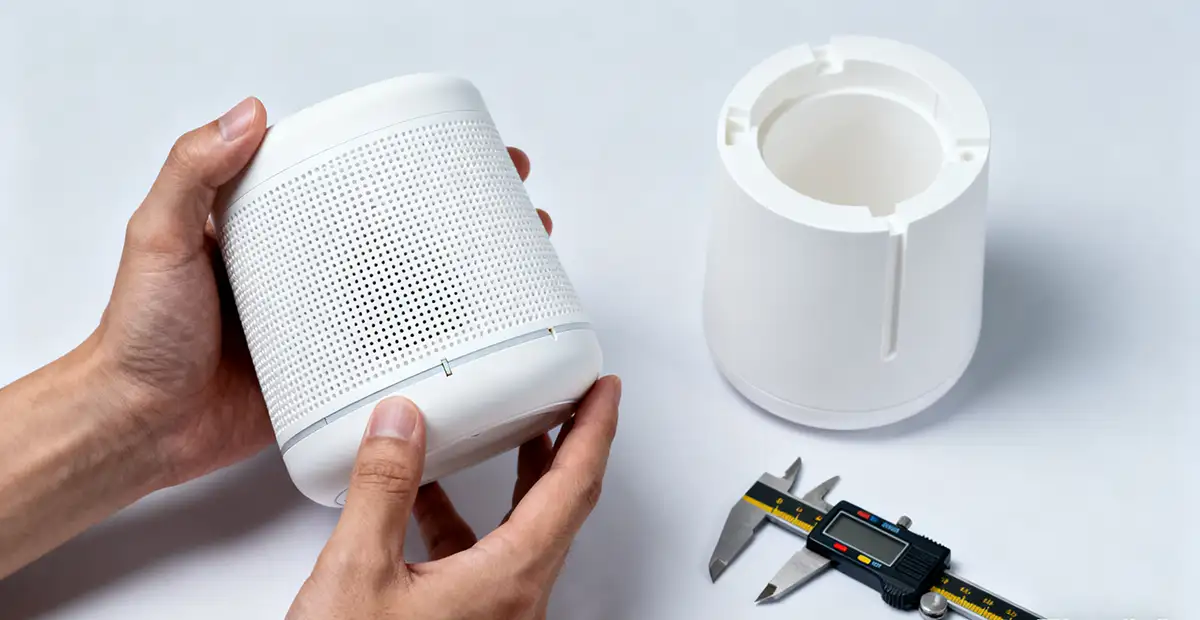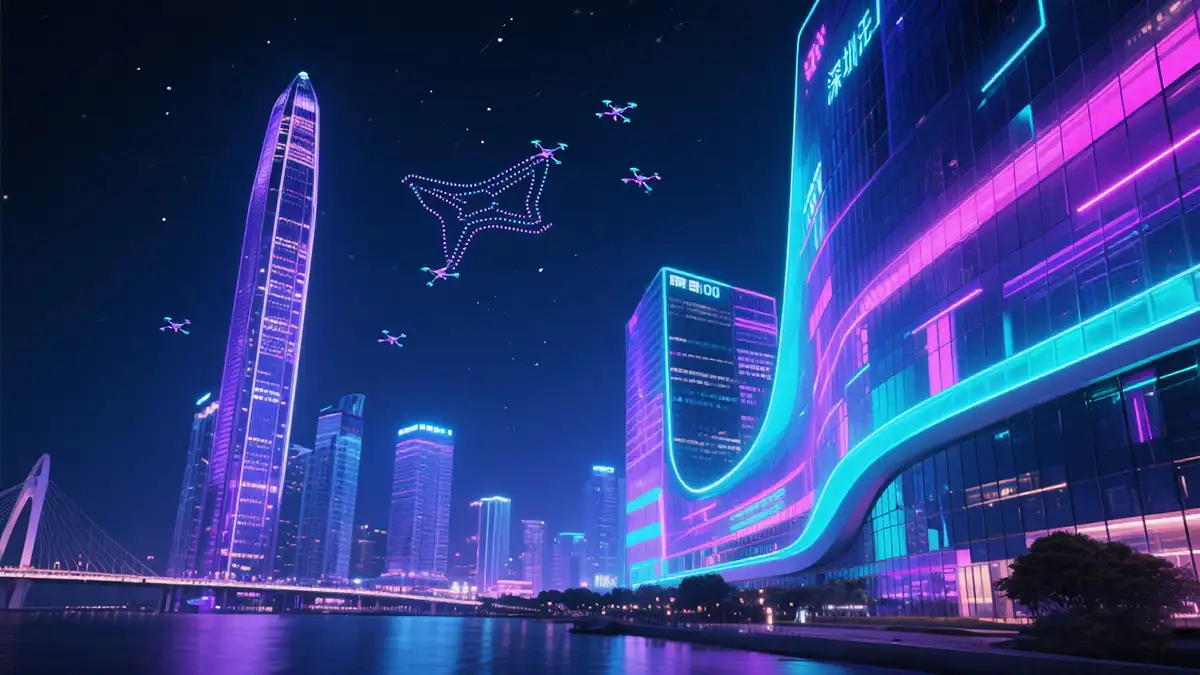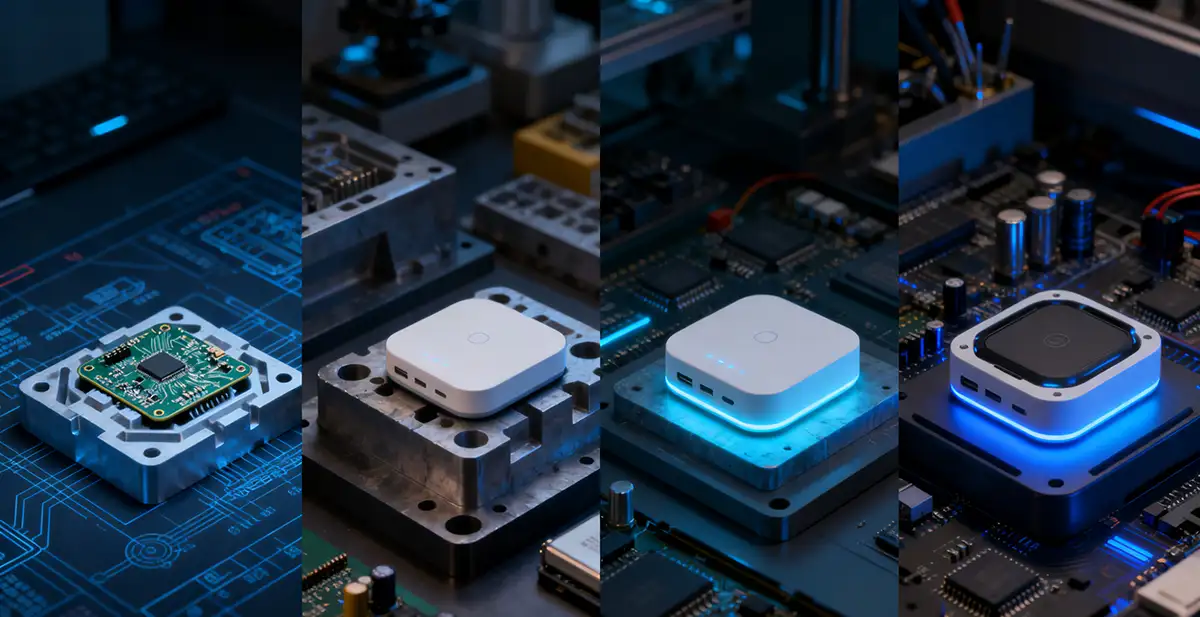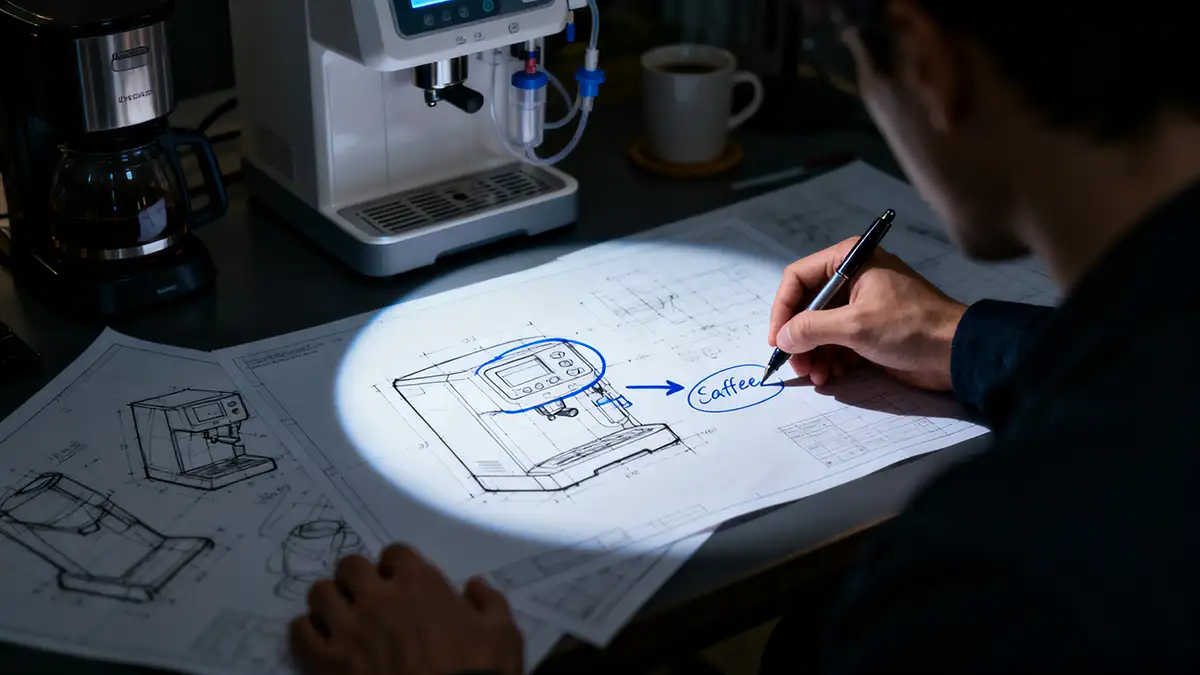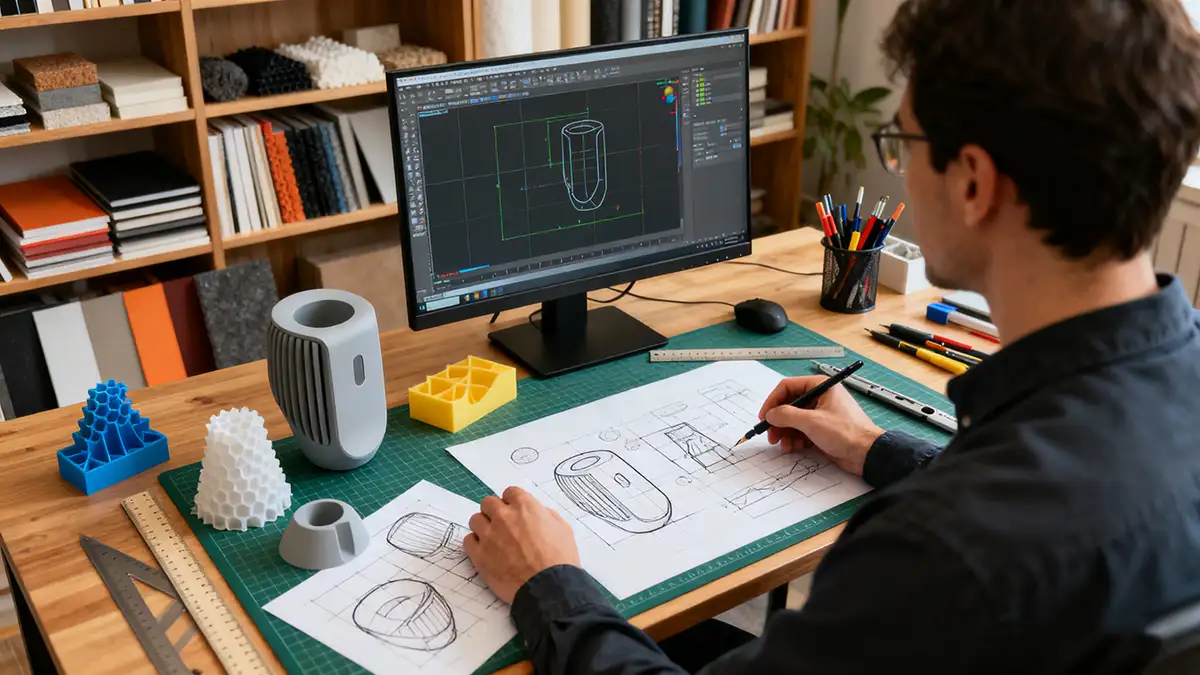NINEIDEA:深圳设计师行业的 “熬夜常态”,本质是城市基因、产业特性与行业生态交织的结果,背后藏着这座城市的 “快节奏密码” 与设计行业的 “生存逻辑”:
城市节奏:“深圳速度” 压出的时间焦虑
深圳作为 “创新之城”,产业迭代速度堪称全国之最 —— 科技产品(手机、智能硬件)的更新周期从 12 个月压缩到 6 个月,电商视觉、品牌营销的响应速度按 “小时” 计算,连传统制造业的外观设计都要跟着 “季度上新” 跑。这种 “快” 直接传导到设计环节:客户要 “明天出 3 版方案”“本周必须落地”,项目周期被极致压缩。
比如某消费电子企业的新品发布会前,设计师常被要求 “今晚改完最后一版配色 / UI”,因为供应链第二天就要开模 / 打样,错过时间就是 “错过一个季度的市场窗口”。城市整体的 “效率至上” 文化,让 “按时交稿” 变成 “提前交稿”,熬夜成了压缩时间的 “被动选择”。
需求波动:“甲方逻辑” 倒逼的反复修改
深圳的商业环境更强调 “结果导向”,客户对设计的需求往往模糊且动态:可能上午说 “要科技感”,下午看了竞品后改 “要亲近感”;或者老板临时拍板 “加个元素”,导致整套方案推翻重来。
设计行业的 “服务属性” 让设计师不得不被动承接这种变动:平面设计师改海报到凌晨,可能只是因为客户突然觉得 “字体不够大气”;工业设计师熬夜调结构,或许是因为销售团队反馈 “颜色不够吸引年轻人”。需求的 “不确定性”,让原本的时间计划被打乱,熬夜成了 “填坑” 的常态。
协作链条:“多环节咬合” 的连锁加班
深圳的设计很少是 “单打独斗”,尤其在科技、制造领域,设计师需要对接供应链、市场、销售甚至工厂 —— 比如 CMF 设计师要等材料供应商的色卡到凌晨,UI 设计师要配合开发团队的 “连夜测试” 改交互,品牌设计师要同步线下门店的 “凌晨装修进度” 调整视觉。
链条上的任何一个环节延迟,都会传导到设计师这里,变成 “不得不熬夜的衔接”。
竞争内卷:“自我加压” 与 “生存焦虑”
深圳的设计师群体高度密集(仅南山、福田就聚集了数万家设计公司和工作室),竞争从 “比创意” 变成 “比效率”“比服务”。新人怕 “接不到单”,老设计师怕 “被淘汰”,于是主动把工作时间拉长:别人改 3 版,我改 5 版;别人 9 点交稿,我 7 点交稿。
这种 “卷出来的加班文化”,让熬夜从 “被动任务” 变成了 “主动内卷的标配”,甚至形成了 “不熬夜 = 不努力” 的隐性评价标准。
深圳设计师的熬夜,是 “城市速度 + 产业特性 + 行业生态” 共同拧出的 “时间发条”—— 它既是这座城市 “敢闯敢试” 的活力侧写,也藏着创意行业在商业现实中的无奈与妥协。
@NINEIDEA九号创新 www.nineidea.com
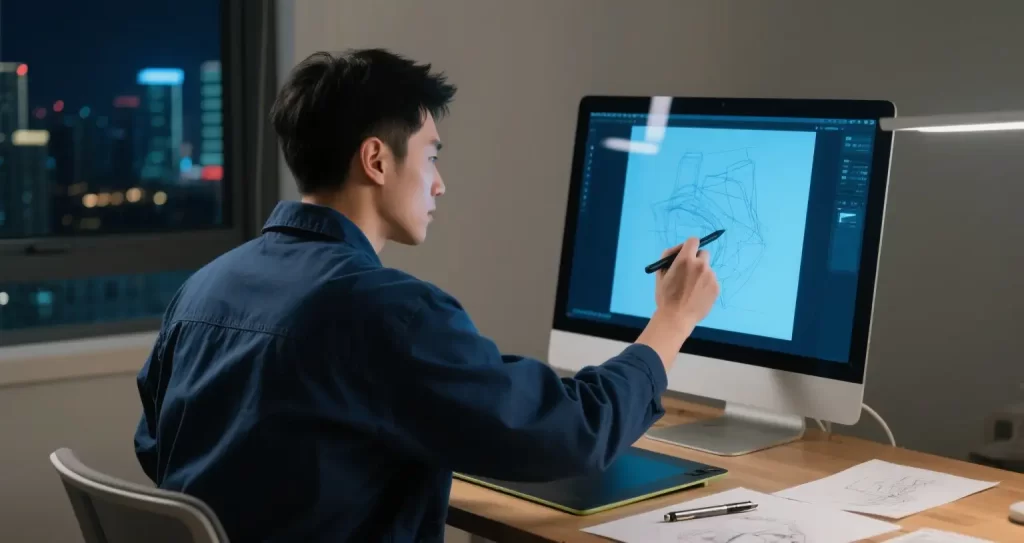
The ‘staying up late norm’ in the Shenzhen designer industry
NINEIDEA: The “stay up all night normality” of the designer industry in Shenzhen is essentially the result of the interweaving of urban genes, industrial characteristics and industrial ecology. Behind it lies the “fast-paced code” of the city and the “survival logic” of the design industry:
Urban rhythm: time anxiety squeezed out by the “Shenzhen speed”
As an “innovation city”, Shenzhen has the fastest industrial iteration speed in the country – the update cycle of technology products (mobile phones, smart hardware) has been compressed from 12 months to 6 months, and the response speed of e-commerce visual and brand marketing is calculated in “hours”. Even the appearance design of traditional manufacturing industries has to follow the “quarterly update”. This “speed” is directly transmitted to the design stage: the client needs to “come up with three versions of the plan tomorrow” and “it must be implemented this week”, and the project cycle is extremely compressed.
For example, before a new product launch event for a consumer electronics company, designers are often asked to “change the final color scheme/UI tonight” because the supply chain has to mold/sample the next day, and missing the time is “missing a quarter’s market window”. The overall culture of “efficiency first” in the city has turned “submitting on time” into “submitting in advance”, and staying up late has become a “passive choice” to compress time.
Demand fluctuations: repeated modifications forced by the “logic of Party A”
The business environment in Shenzhen emphasizes a “results oriented” approach, and customers’ needs for design are often vague and dynamic: they may say “technology sense” in the morning, but change to “closeness sense” after looking at competitors in the afternoon; Or the boss may make a last-minute decision to add an element, causing the entire plan to be overturned and restarted.
The “service attribute” of the design industry forces designers to passively accept such changes: graphic designers may change posters until the early morning simply because clients suddenly feel that “the font is not atmospheric enough”; Industrial designers may stay up late adjusting the structure, perhaps due to feedback from the sales team that the color is not attractive enough to young people. The “uncertainty” of demand has disrupted the original time plan, and staying up late has become the norm of “filling the hole”.
Collaborative Chain: “Multi link Interlocking” Chain Overtime
Design in Shenzhen is rarely done alone, especially in the fields of technology and manufacturing. Designers need to coordinate with the supply chain, market, sales, and even factories – for example, CMF designers have to wait for material suppliers’ color cards until early morning, UI designers have to cooperate with the development team’s “overnight testing” to improve interaction, and brand designers have to synchronize the “early morning decoration progress” of offline stores to adjust visual effects.
Any delay in any link on the chain will be transmitted to the designer, becoming a ‘connection that has to stay up late’.
Competition involution: “self pressure” and “survival anxiety”
The designer community in Shenzhen is highly concentrated (with tens of thousands of design companies and studios gathered in Nanshan and Futian alone), and competition has shifted from “comparing creativity” to “comparing efficiency” and “comparing service”. Newcomers are afraid of not being able to take on orders, while experienced designers are afraid of being eliminated, so they take the initiative to extend their working hours: others change to version 3, while I change to version 5; Others submit their papers at 9 o’clock, while I submit them at 7 o’clock.
This’ rolled out overtime culture ‘has transformed staying up late from a’ passive task ‘to a’ standard of active internal competition ‘, and even formed an implicit evaluation standard of’ not staying up late=not working hard ‘.
At the end of the day, the late nights of Shenzhen designers are a “time spring” twisted together by “city speed+industry characteristics+industry ecology” – it is not only a dynamic portrayal of the city’s “daring to explore and try”, but also hides the helplessness and compromise of the creative industry in commercial reality.
@NINEIDEA九号创新 www.nineidea.com












